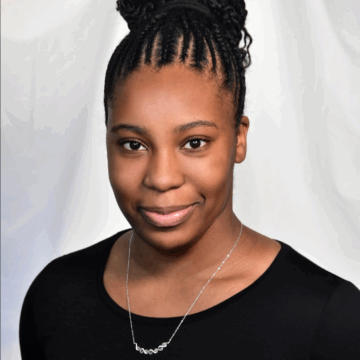
By Romila
For as long as I can remember, one of my favorite pastimes has been manipulating those tricky permutations of 26 letters to fill in that signature, bright green gridded board of Wheel of Fortune.
Every evening at precisely 6:30 p.m., my family and I unfailingly gather in our living room in anticipation of Pat Sajak’s cheerful announcement: “It’s time to spin the wheel!” And the game is afoot, our banter punctuated by the potential of either big rewards or even bigger bankruptcies: “She has to know that word—my goodness, why is she buying a vowel?!”
While a game like Wheel of Fortune is full of financial pitfalls, I wasn’t ever much interested in the money or new cars to be won. I found myself drawn to the letters and playful application of the English alphabet, the intricate units of language.
For instance, phrases like “I love you,” whose incredible emotion is quantized to a mere set of eight letters, never cease to amaze me. Whether it’s the definitive pang of a simple “I am” or an existential crisis posed by “Am I”, I recognized at a young age how letters and their order impact language.
Spelling bees were always my forte. I’ve always been able to visualize words and then verbally string individual consonants and vowels together. I may not have known the meaning of every word I spelled, I knew that soliloquy always pushed my buttons: that -quy ending was so bizarre yet memorable! And intaglio with its silent “g” just rolled off the tongue like cultured butter.
Eventually, letters assembled into greater and more complex words.
I was an avid reader early on, devouring book after book. From the Magic Treehouse series to the too real 1984, the distressing The Bell Jar, and Tagore’s quaint short stories, I accumulated an ocean of new words, some real (epitome, effervescence, apricity), and others fully fictitious (doubleplusgood), and collected all my favorites in a little journal, my Panoply of Words.
Add the fact that I was raised in a Bengali household and studied Spanish in high school for four years, and I was able to add other exotic words. Sinfin, zanahoria, katukutu, and churanto soon took their rightful places alongside my English favorites.
And yet, during this time of vocabulary enrichment, I never thought that Honors English and Biology had much in common. Imagine my surprise one night as a freshman as I was nonchalantly flipping through a science textbook. I came upon fascinating new terms: adiabatic, axiom, cotyledon, phalanges…and I couldn’t help but wonder why these non-literary, seemingly random words were drawing me in. These words had sharp syllables, were challenging to enunciate, and didn’t possess any particularly abstract meaning.
I was flummoxed, but curious…I kept reading.
“Air in engine quickly compressing…”
“Incontestable mathematical truth…”
“Fledgling leaf in an angiosperm…”
“Ossified bones of fingers and toes…
…and then it hit me. For all my interest in STEM classes, I never fully embraced the beauty of technical language, that words have the power to simultaneously communicate infinite ideas and sensations AND intricate relationships and complex processes.
Perhaps that’s why my love of words has led me to a calling in science, an opportunity to better understand the parts that allow the world to function. At day’s end, it’s language that is perhaps the most important tool in scientific education, enabling us all to communicate new findings in a comprehensible manner, whether it be focused on minute atoms or vast galaxies.
It’s equal parts humbling and enthralling to think that I, Romila, might still have something to add to that scientific glossary, a little permutation of my own that may transcend some aspect of human understanding. Who knows, but I’m definitely game to give the wheel a spin, Pat, and see where it takes me…
Admissions Committee Comments
Romila writes about her interest in words, beginning with a simple family tradition. You see her passion for reading, languages, and biology, which highlights how words have the ability to fascinate and inspire new ideas across different subjects. The intersection of linguistics and science shows how interdisciplinary study can lead to new interests and discoveries. A curiosity about the world and the ability to find connections between disciplines are characteristics of a student who would thrive at Hopkins.





